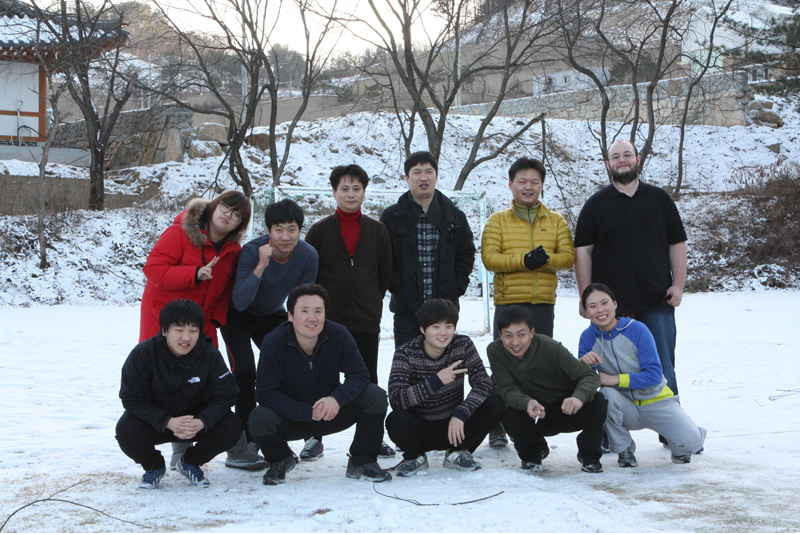
How has Hardkernel grown over the past 5 years? It is really hard to remember what has happened in the past 5 years due to the limitations of my brain capacity, but let me try to recall what changes have happened. 5 years ago, Hardkernel had 11 people including me, but we have 26 members today. We go to workshops two to three times a year to relax and recharge.
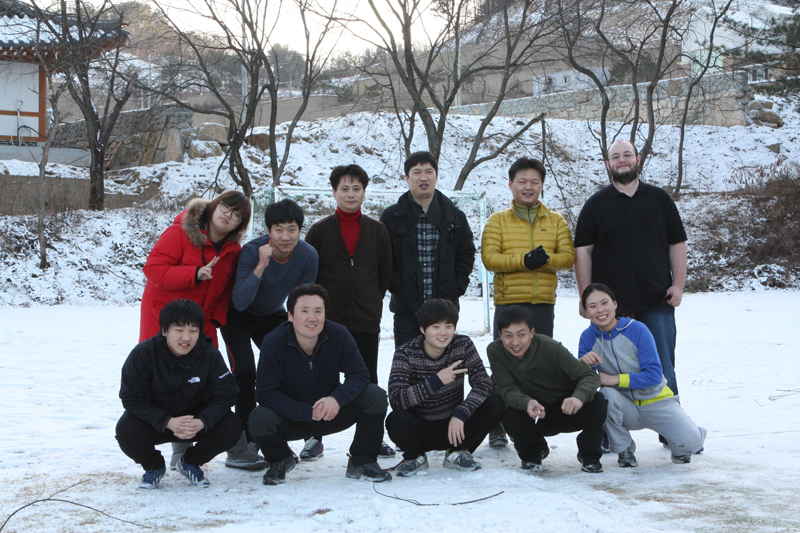
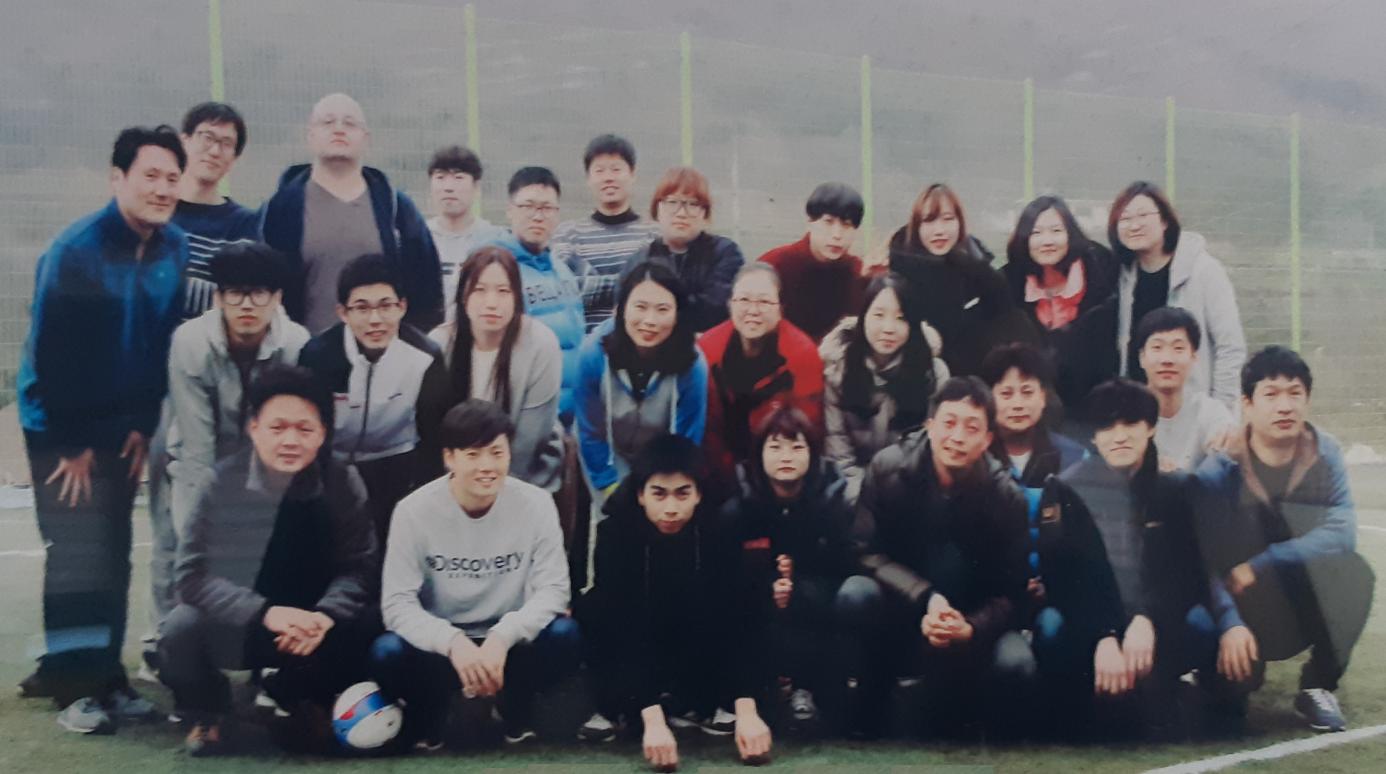
We shipped around 3,000 ODROID SBC products per month in 2014. We’ve been shipping over 15,000 boards per month in 2018. Our global community forum had slightly over 4,000 registered members in 2014 and there are over 26,000 members today.
We started publishing the ODROID Magazine in January 2014. This month is the first issue of the 6th year amazingly. I didn’t know how much we had grown over the past 5 years!
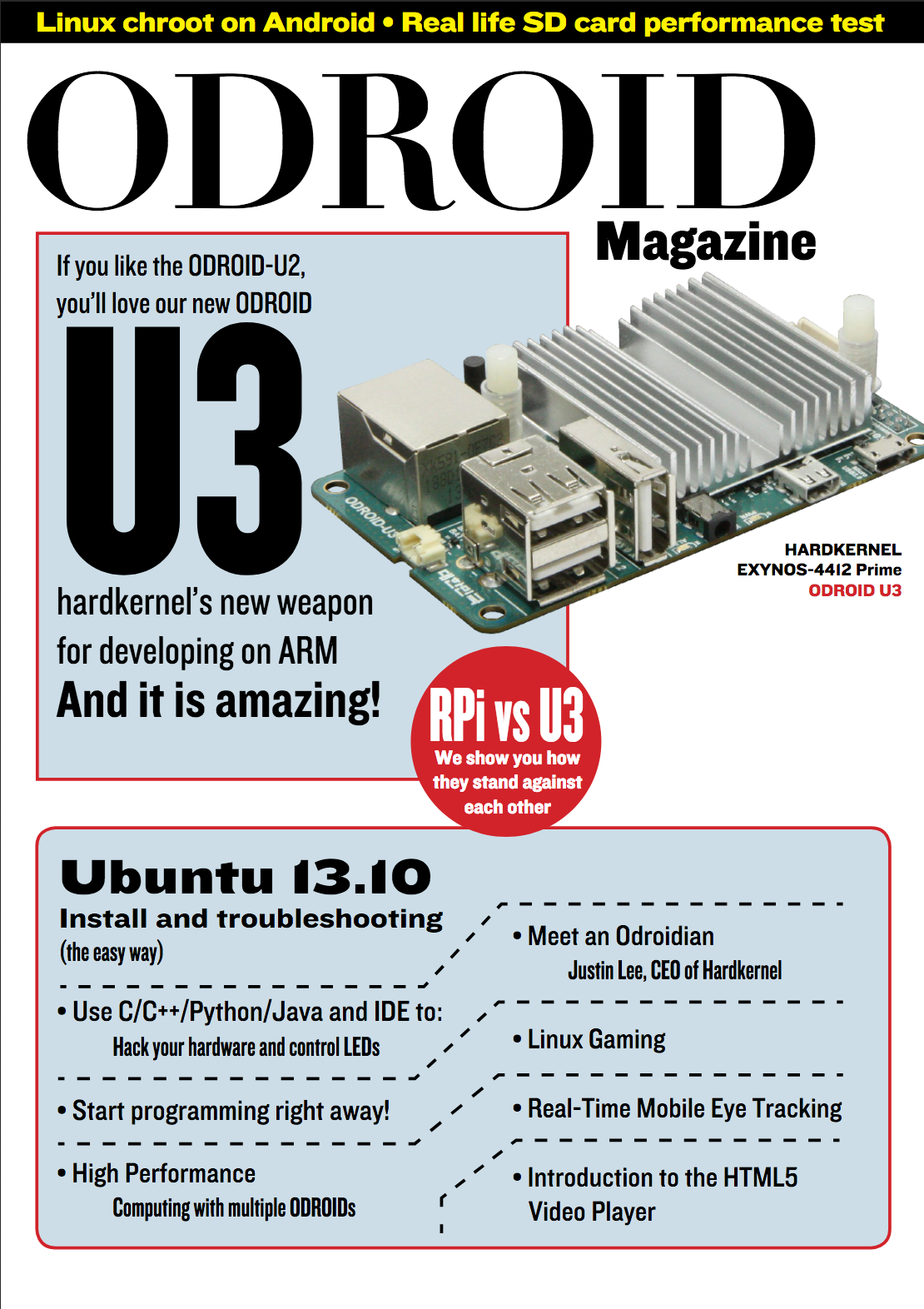
What new directions do you see Hardkernel moving in the next 5 years? There is nothing new. We just want to continue to create products that will give developers a lot of fun, so we will keep closely communicating with our community members as we have always done.
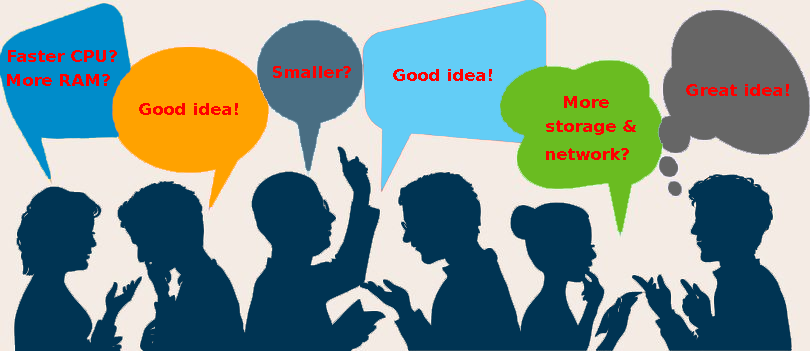
How has the ODROID community contributed to Hardkernel's success? The community has always given us lots of great ideas to create new and cool products. Forum members kindly help us to resolve many software and hardware issues as well. We still have very limited internal human resources, but we’ve overcome it thanks to our great community.
What steps does the Hardkernel team go through to develop new products? There is nothing special. If we find a bright idea with good feasibility, we just build a prototype quickly to test the functionality, performance and usability. If the test results are acceptable, we polish the prototype to make it more attractive to developers. After a couple of iterations of prototyping, we build engineering samples to validate our manufacturing process. We also give away some engineering samples to important community members to garner their feedback in many cases. If there are no critical issues, we just launch the new product finally. But there are a lot of hidden time consuming internal processes and mistakes because we are human beings.
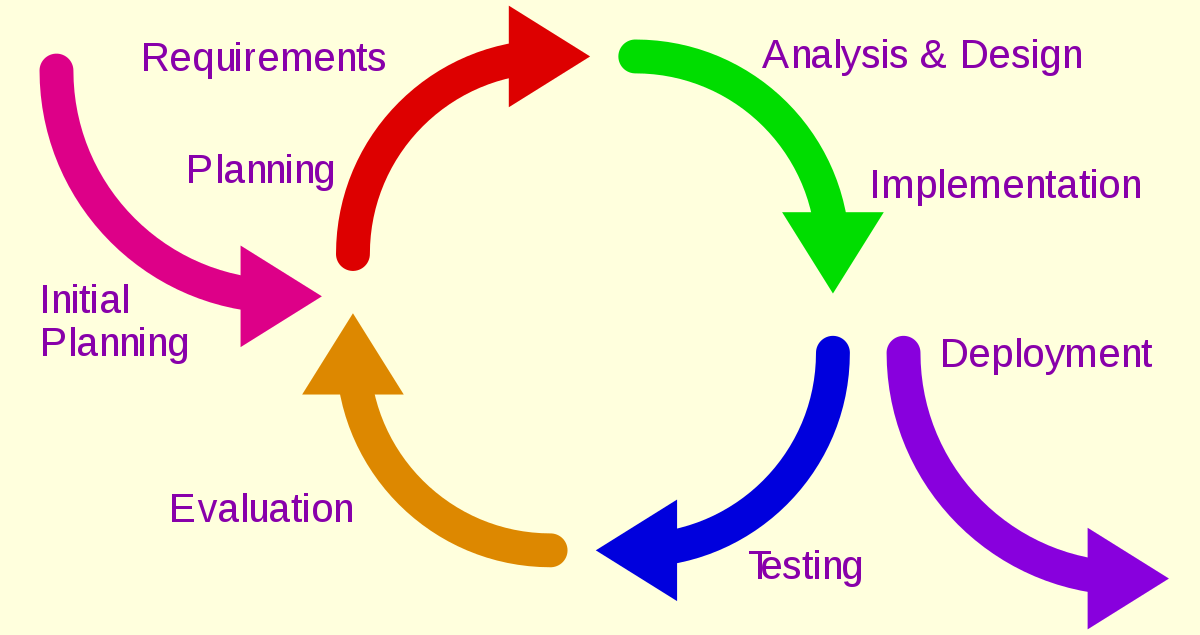
ODROIDs have become synonymous with retro gaming innovation; was that intended? ODROID Game Station Turbo (OGST), ODROID Retro Arena (ORA), Batocera, Recalbox, Lakka, and other gaming-oriented, community-driven OS images for the ODROID-XU4 have improved significantly and been very popular. Recently, the ODROID-XU4 SBC price dropped again down to $49, making it the most affordable and powerful platform for building a retro gaming console. Frankly speaking, we always like to play various games too, and it is one of the main reasons why we made a Nintendo64-like game console kit as well as the amazing portable gaming device called the ODROID-GO!
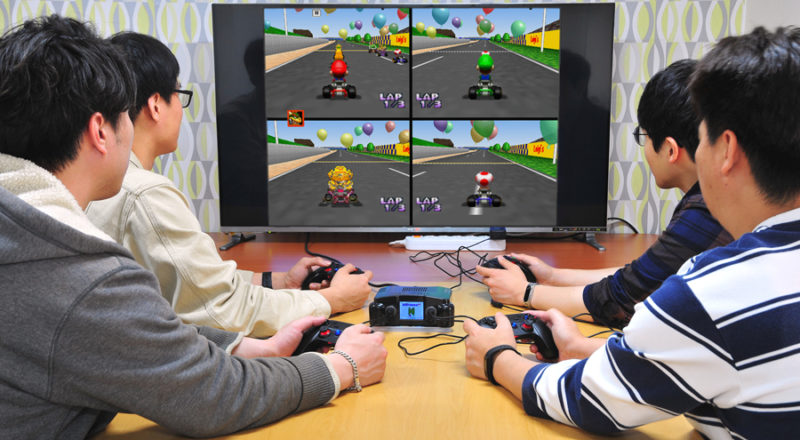
What personal projects do you use ODROIDs for? I’ve been using several ODROID boards on my desk for many different purposes. Here is a good example: I’ve used an Intel Xeon E3-1230-based desktop PC since late 2013, and the hardware system has had some stability issues lately. Fortunately, our brand new ODROID-H2 performance is acceptable for my tasks, and I decided to change my computer. Let me compare the old and new systems in Table 1.
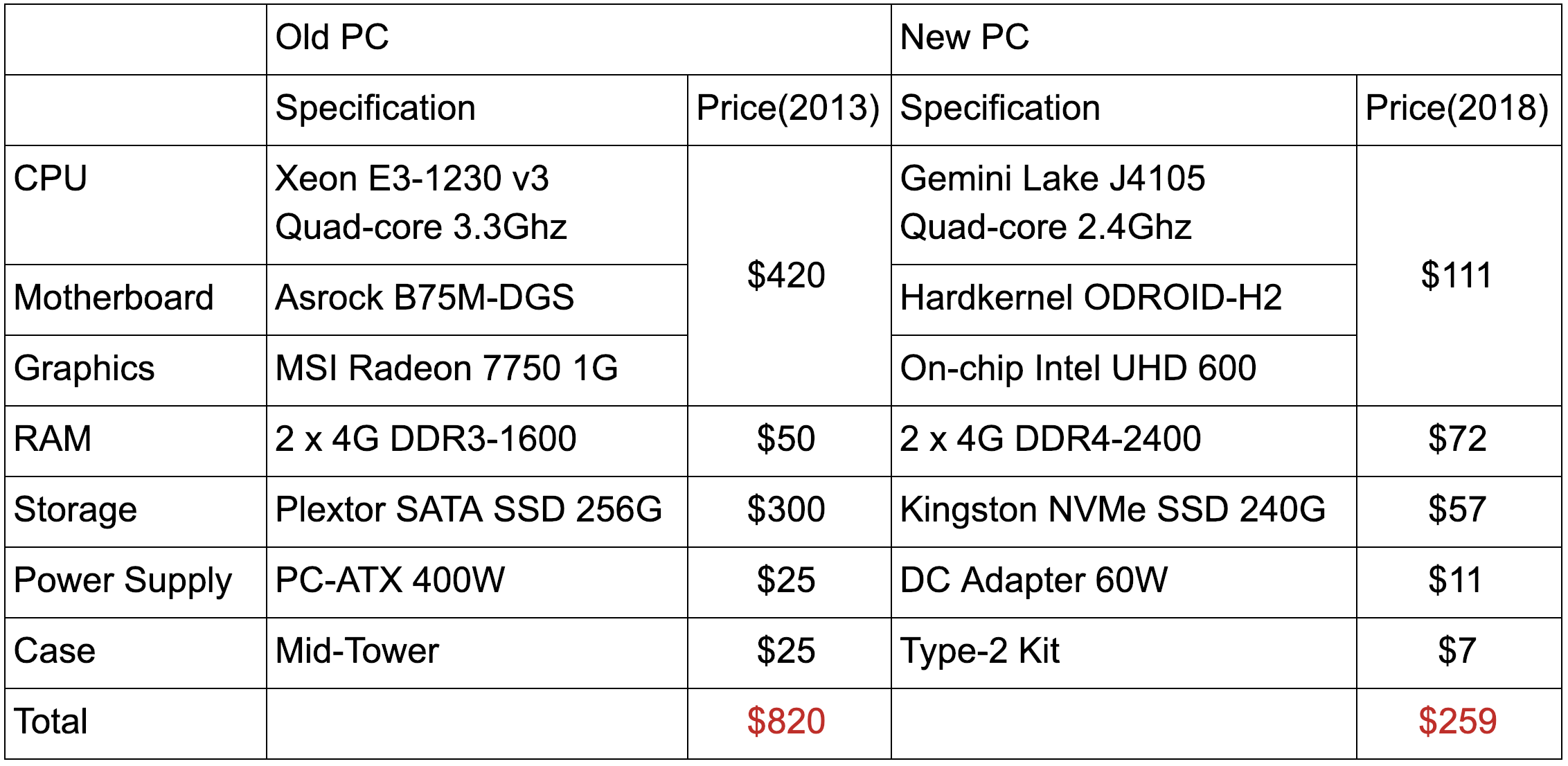
The price comparison is not fair since the SSD price has dropped so much, but we have to agree that the new ODROID-H2 PC is still very affordable, with no noise from cooling fan, and great energy savings whe compared to my old Xeon PC. The Xeon E3 processor computing power is obviously 40~50% faster than J4105 SoC, but the much faster DDR4 RAM and NVMe flash storage in my ODROID-H2 system improves the overall performance.
I use two 2560x1440 27” 4K monitors for my tasks. I ran Firefox on the left side and Chrome on the other side. Even after I opened 25 tabs on each browsers, the user experience is still very smooth and comfortable.
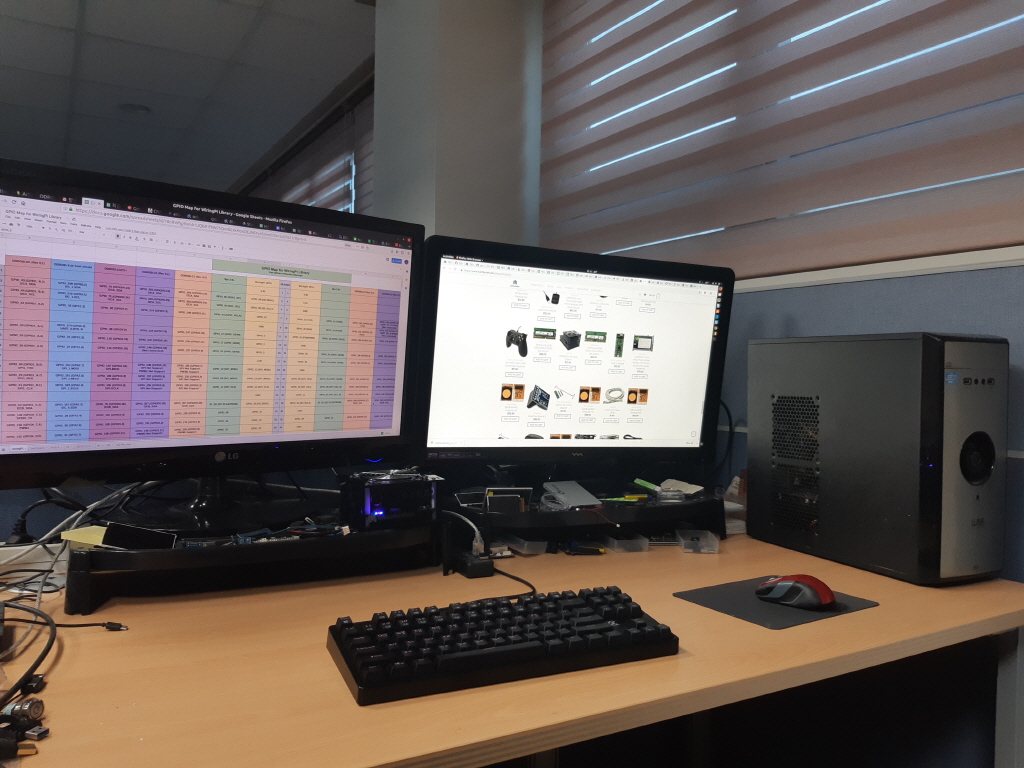
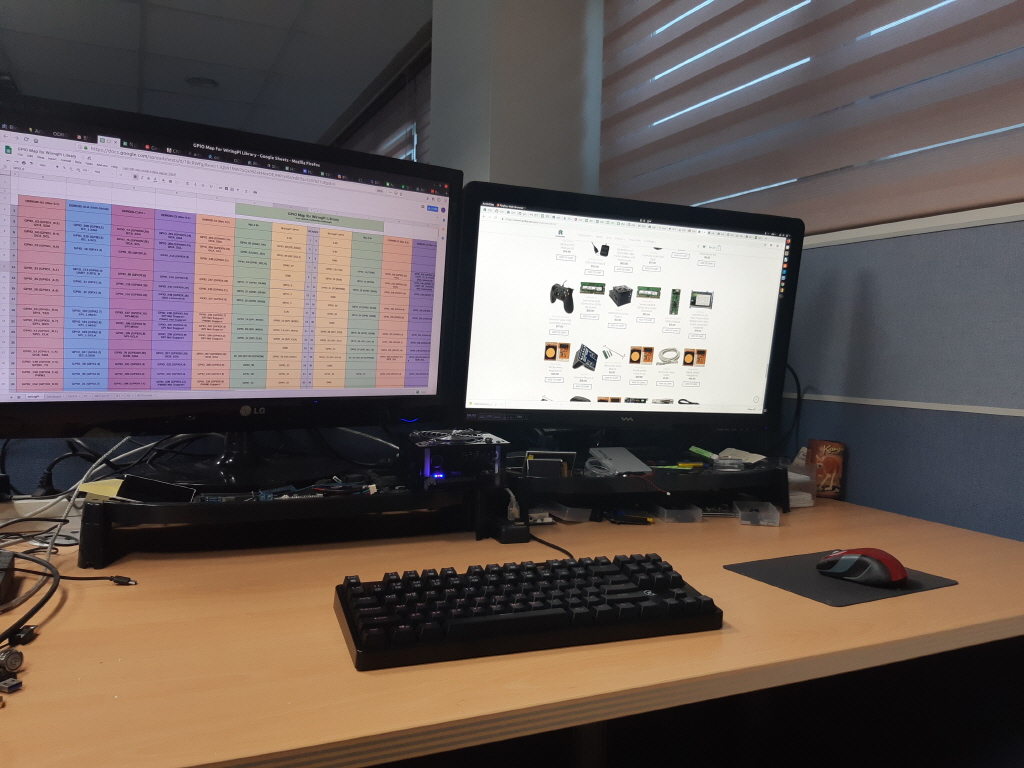
My old and bulky computer occupied a lot of space on my desk. It may be difficult to spot my new mini PC. I can also place more ODROIDs on my desk now. Can you find my slightly customized H2 case in the picture?


Be the first to comment